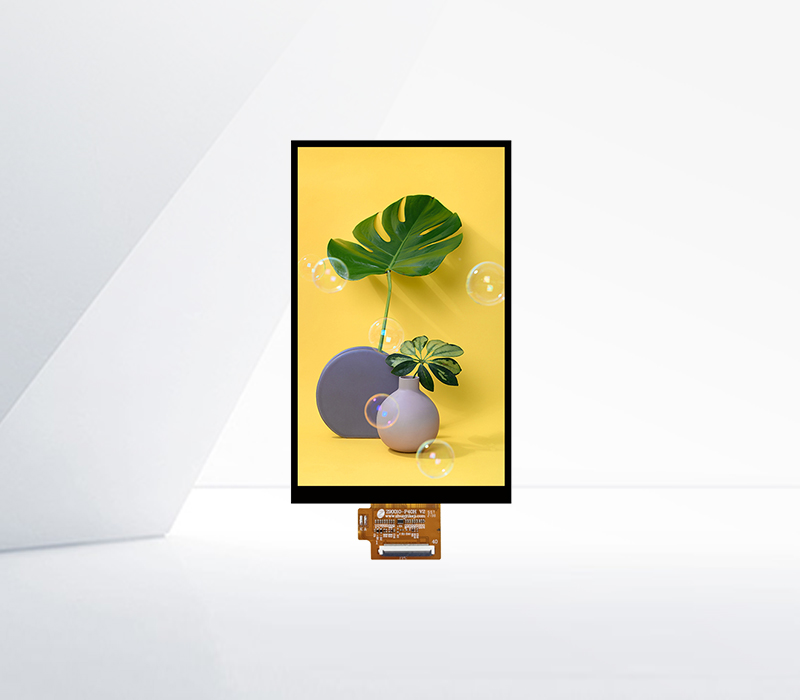




Both LED screen P3 and P2.5 have their own characteristics and are suitable for different applications. The main difference between them lies in the pixel pitch. P3 has a pixel pitch of 3mm, while P2.5 has a pixel pitch of 2.5mm. This seemingly small difference in pixel pitch leads to significant differences in display quality. P2.5 has a higher pixel density compared to P3. This means that it can display more detailed and sharper images. For applications where a high level of detail is crucial, such as in a high-resolution video wall in a corporate lobby or a digital art gallery, P2.5 is often a better choice. It can reproduce fine lines, small text, and intricate graphics with greater precision.
However, P3 also has its advantages. It is generally more cost-effective than P2.5. For some projects where the budget is a major consideration and the viewing distance is not extremely close, P3 can provide a good balance between cost and display quality. For example, in a medium-sized conference room or a retail store where the main purpose is to display general information and advertisements rather than extremely detailed visual content, P3 can meet the requirements satisfactorily. In terms of brightness and color performance, both P3 and P2.5 can offer excellent results. They can be adjusted to provide high brightness levels suitable for various lighting conditions and have a wide color gamut to display vivid and accurate colors. The choice between P3 and P2.5 ultimately depends on the specific needs of the project, including the viewing distance, budget, and the level of detail required in the displayed content.
